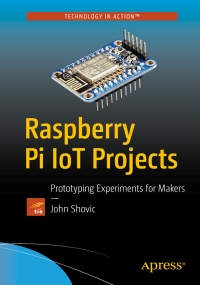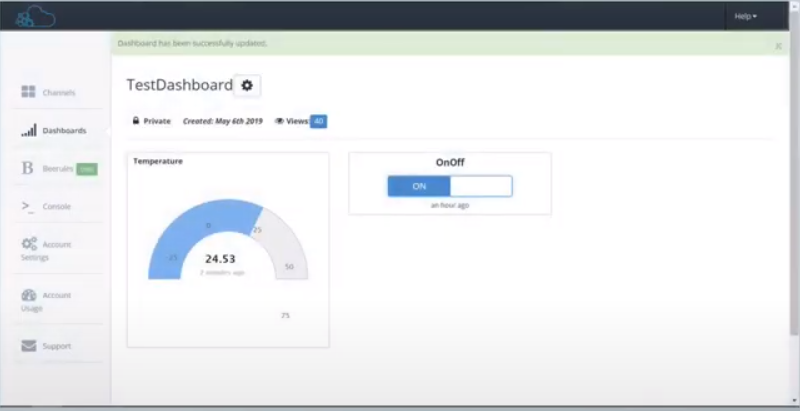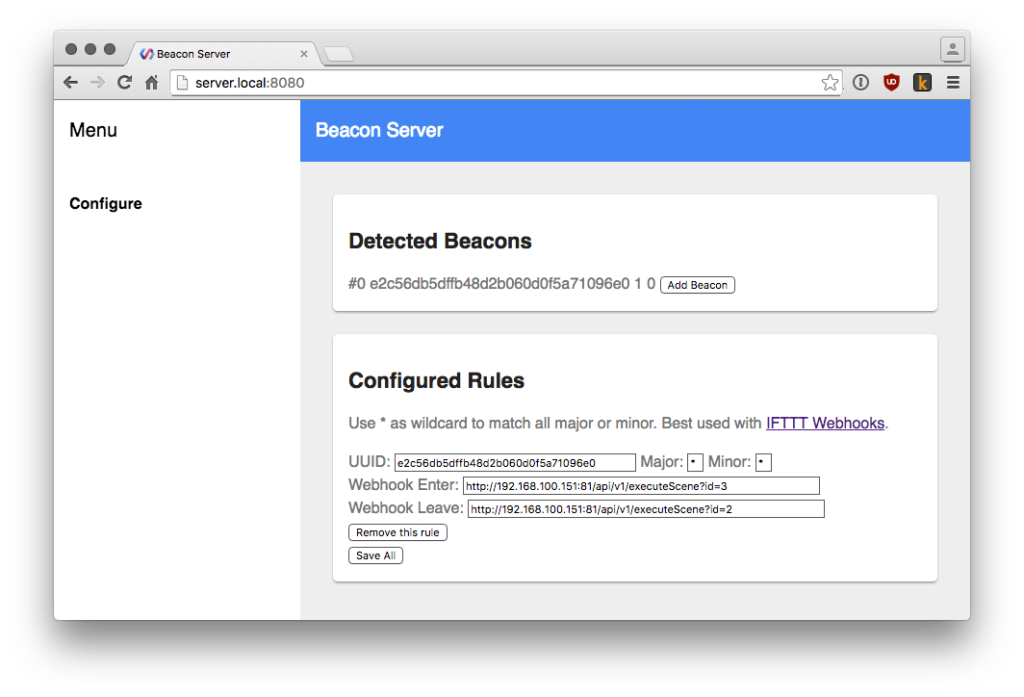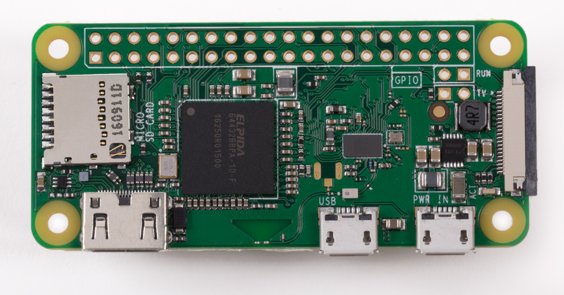The Raspberry Pi Pico 2 W has been released, bringing WiFi and Bluetooth to the popular microcontroller platform at an incredibly affordable price of just $7 (£4.80). This new iteration builds upon the success of its predecessor, offering improved performance and connectivity options that make it ideal for a wide range of IoT and Bluetooth projects.
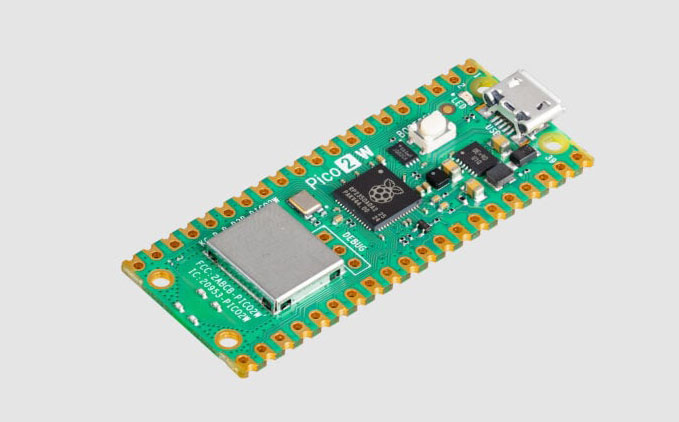
The integration of Wi-Fi (2.4GHz 802.11n) and Bluetooth 5.2 provides wireless connectivity, making the Pico 2 W an excellent choice for a variety of solutions. The most exciting advancement in the Pico 2 W for us is the addition of Bluetooth 5.2 making the board ideal for Bluetooth LE applications, such as beacon detection or transmitting iBeacon or Eddystone. The Pico 2 W can be used in indoor positioning systems for precise navigation and tracking in large spaces, proximity-based marketing to deliver personalised promotions in retail environments and asset tracking for real-time inventory management.

